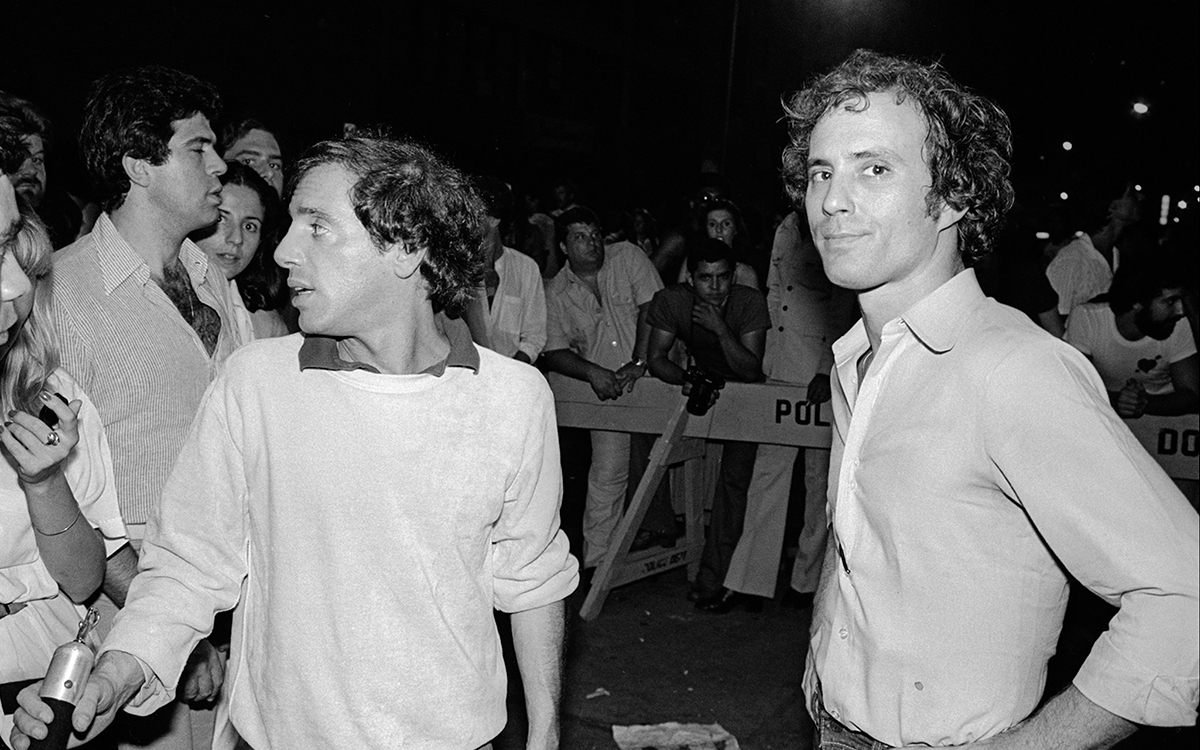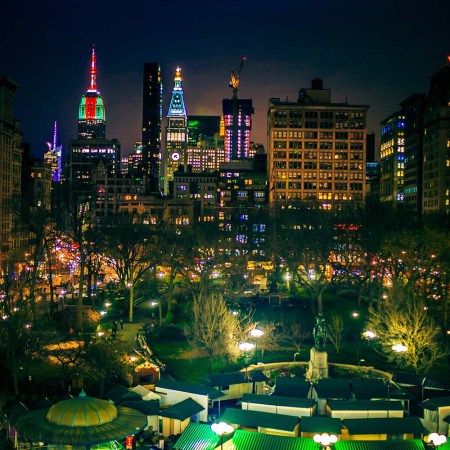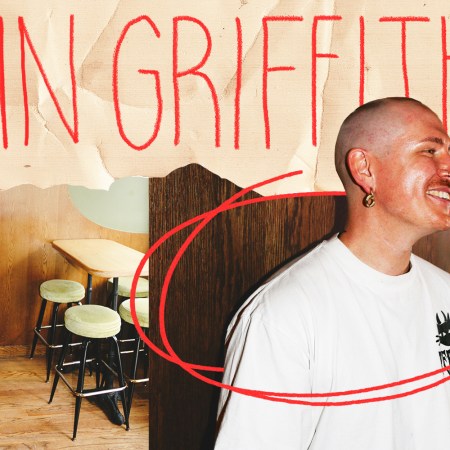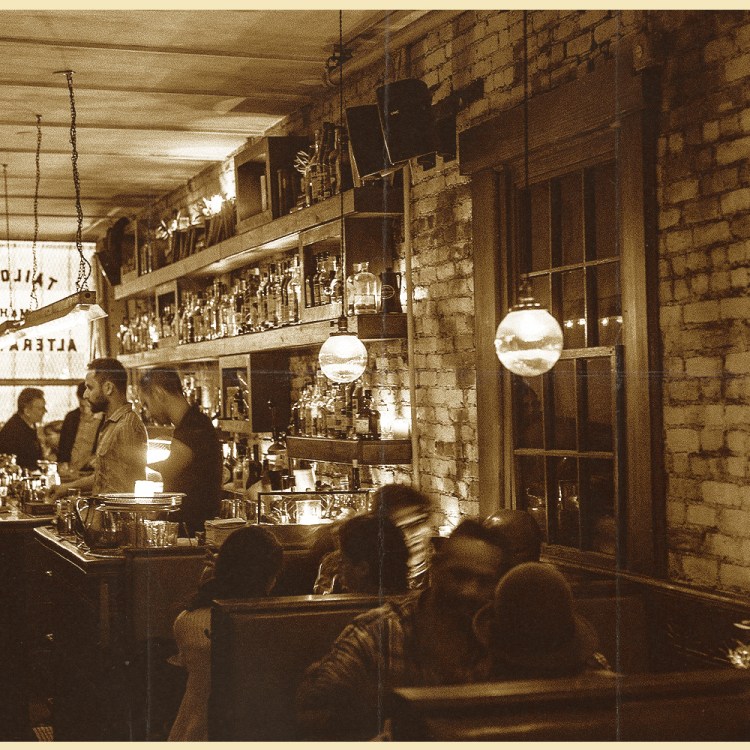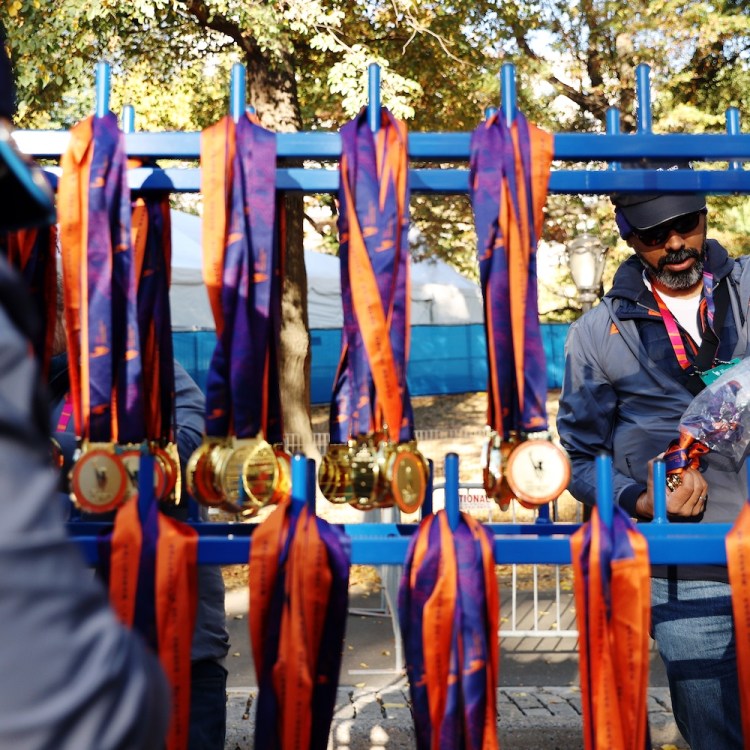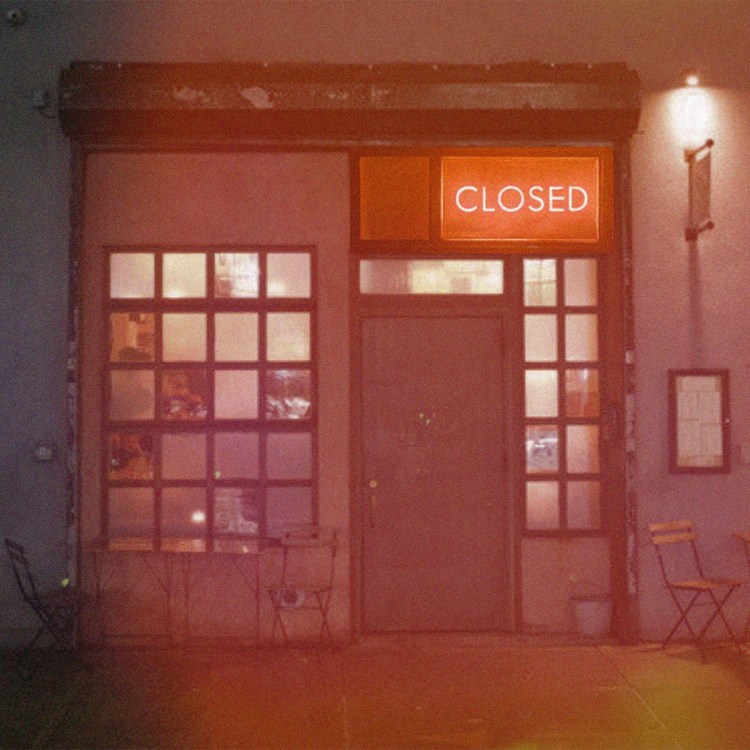At this point, Ian Schrager has been one of the arbiters of what is cool in New York City for almost 50 years.
And while his name sparks memories of Bianca Jagger atop a white steed in the hey-day of Studio 54, Schrager’s fingerprints can be found at almost any time in place in the annals of post-’70s Manhattan hospitality.
From essentially inventing the concept of the boutique hotel to being pardoned by President Obama, his legacy stretches far and wide.
So hot on the heels of his latest opening — the EDITION Hotel in Times Square — we present Ian Schrager’s NYC, a timeline.
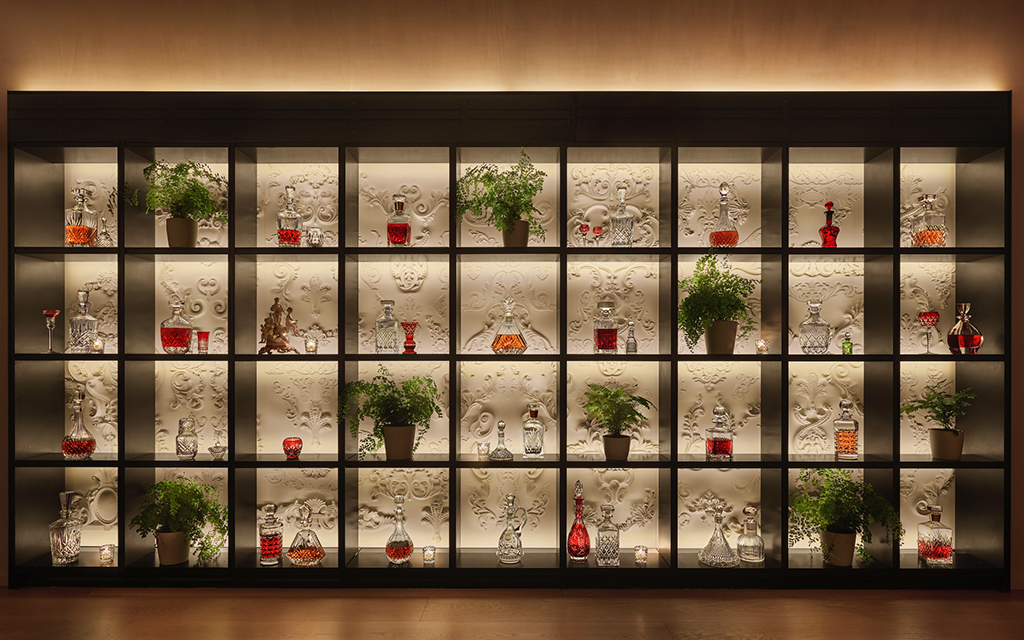
December, 1975: Following the success of their Boston club, The Ark, Schrager and longtime partner Steve Rubell sign the lease on the Enchanted Garden in Douglaston, Queens. It was spontaneous and innocent and cost the gents about $27,000 to get up and running.
January, 1977: After the feverish success of the Enchanted Garden and noting the city’s eagerness to clamor at velvet ropes, Schrager and Rubell turned their attention to Manhattan and signed the lease on the iconic Studio 54. Previously the Gallo Opera House, the disco would throw open its doors just six weeks later. Its impact on nightlife would live on for an eternity. A home to both celebrity and royalty — and often greying the line between the two — Studio 54 quickly became a nightlife revolution, with everyone from Madonna to Run-DMC to Diana Ross to Duran Duran stopping through to perform. To quote Neil Gaiman, “She was beautiful, but she was beautiful in the way a forest fire was beautiful.”
The place was raided by the Feds for operating without a liquor license almost as soon as it opened; after a second raid in December of ‘79, like all good things, 54 came to an end, which for Schrager and Rubell meant a brief stint in prison. Undeterred, they sold the building to a new owner, Mark Fleischman, and remained on as consultants. Studio 54 reopened in 1981, and would remain a nightlife fixture until the mid-’90s. On January 1, 2017, Schrager received a full and unconditional pardon from President Barack Obama for the legal woes the original incarnation suffered.
1984: Schrager left the nightlife scene to focus his attention on reinventing hospitality in a new vertical: hotels. With the inception of the Morgans Hotel Group and its first property — the Morgans Hotel — Schrager was soon credited as the inventor of the “boutique” hotel. Hotel lounges and restaurants throughout the city soon became see-and-be-seen hot-spots instead of something that tourists merely pass through on their way to Grimaldi’s.
1985: Once the dust settled on the Studio 54 debacle, Schrager and Rubell returned to open Palladium. Rubell said of the time, “Artists are the rock stars of the ‘80s.” Palladium was a hub of creativity and diversity, and set the tone for NYC’s remarkable penchant for melding art and music. The first exhibition featured some 70 pivotal artists, with works ranging from greats like Vincent Gallo to David Hockney to the don of Soho himself, Andy Warhol. Palladium eventually closed in ‘97, and was later demolished.
1997: A decade and some change later, a new concept in hospitality was afoot, once again courtesy of Schrager. After opening the Delano Hotel in Miami and the Mondrian in West Hollywood, Morgans Hotel Group took on a $125 million project in renovating The Hudson. Designed by Phillippe Starck, it prompted the “urban resort” trend: it was youthful and more accessible than traditional hotels, with everything a guest could possibly need (restaurant, bar, gym, shopping) just a few floors down from their room. It was the essence of “cheap chic.” And it worked.
2005: Schrager unloaded the Morgans Hotel Group and launched the Ian Schrager Company. Among his early successes were transforming the Gramercy Park Hotel and setting his sights on residential properties. With design powerhouse Herzog & de Meuron, Schrager would go on to construct the stunning 40 Bond and 50 Gramercy Park North.
June, 2017: Schrager opened the doors to Chrystie Street’s PUBLIC Hotel. The 367-room swoon tomb was a brick ‘n’ mortar embodiment of everything Schrager had come to represent to date. From basement to rooftop, it was “luxury for all,” brimming with art, music, high design and a high-on-life audience still and forever clamoring to get past those velvet ropes.
February, 2019: For his latest act, Schrager has jumped into bed with Marriott International, with the stated goal of eventually opening 100 properties. Currently, there are four, none better than the one that’s giving Times Square the much-needed renaissance it has long deserved. Located at the corner of 7th Ave. and 47th St., the EDITION aims to preserve what’s left of NYC’s golden age, along with high-octane parties at its Paradise Club. “Paradise Club is a place of aspiration … Invention and reinvention,” said Schrager. “A refuge to enjoy life and forget life and the perfect place to escape into fantasy.”
Forever quenching the thirst of the city’s desire for divertissement, Schrager has once again delivered on making not just a venue, but a genuine destination.
Main image via Allan Tannenbaum / Contributor
This article was featured in the InsideHook NY newsletter. Sign up now for more from all five boroughs.
